
A paratrooper is a military parachutist—someone trained to parachute into a military operation, and usually functioning as part of airborne forces. Military parachutists (troops) and parachutes were first used on a large scale during World War II for troop distribution and transportation. Paratroopers are often used in surprise attacks, to seize strategic objectives such as airfields or bridges.

Boumerdès is a province (wilaya) of northern Algeria, located in the Kabylia region, between Algiers and Tizi-Ouzou, with its capital at the coastal city of Boumerdès just east of Algiers.
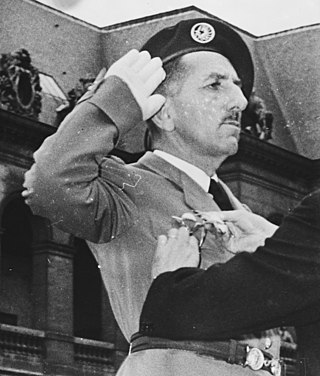
Jacques Émile Massu was a French general who fought in World War II, the First Indochina War, the Algerian War and the Suez Crisis. He led French troops in the Battle of Algiers, first supporting and later denouncing their use of torture.
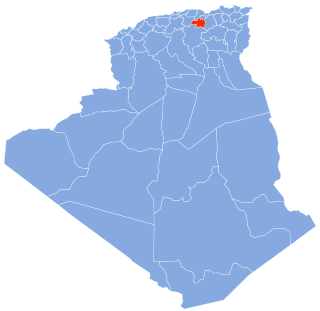
Bordj Bou ArréridjProvince is a province (wilaya) in northern Algeria around 200 km from the capital Algiers. It is considered as a crossroads between the east and west, the north and south.

The 218th Infantry Division (218.Infanterie-Division) was an infantry division of the German Army that served in World War II.
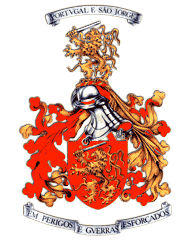
The Portuguese Army is the land component of the Armed Forces of Portugal and is also its largest branch. It is charged with the defence of Portugal, in co-operation with other branches of the Armed Forces. With its origins going back to the 12th century, it can be considered one of the oldest active armies in the world.
The history of the Australian Army is the culmination of the Australian Army's predecessors and its 120-year modern history. The Army has its origins in the British Army and colonial military forces of the Australian colonies that were formed prior to the Federation of Australia. These were gradually united into federal units between 1899 and 1903; thus forming the beginning of the Australian Army. The colonial forces were combined and formed the basis of the new army, when the Commonwealth of Australia was founded on 1 January 1901. The modern history of the Army began with its founding at the start of the 20th century as the colonial armies were officially united as the Commonwealth Military Forces. In 1916 the title 'Australian Military Forces' was adopted and remained its official name until 1980, after which it became known as the Australian Army.

Marcel Bigeard, personal radio call-sign "Bruno", was a French military officer and politician who fought in World War II, the First Indochina War and the Algerian War. He was one of the commanders in the Battle of Dien Bien Phu and is thought by many to have been a dominating influence on French "unconventional" warfare thinking from that time onwards. He was one of the most decorated officers in France, and is particularly noteworthy because of his rise from being a regular soldier in 1936 to ultimately concluding his career in 1976 as a Lieutenant General and serving in the government of Valéry Giscard d'Estaing.

The Battle of Haditha took place between U.S. forces and Ansar al-Sunna in early August 2005 on the outskirts of the town of Haditha, Iraq, which was one of the many towns that were under insurgent control in the Euphrates River valley during 2005.

The Royal Guard is an independent regiment of the Spanish Armed Forces that is dedicated to the protection of the King of Spain and members of the Spanish royal family. It currently has a strength of 1,500 troops. While the Guard participates in parades and other ceremonial events, it is a fully functional combat unit. Its members are recruited from the ranks of all three branches of the Spanish Armed Forces and receive the same combat training as regular soldiers.

The Paratroopers Brigade "Folgore" is an airborne brigade of the Italian Army. Its core units are three battalions of paratroopers (paracadutisti). The name "Folgore" is Italian for lightning. The Folgore is one of three light infantry brigades of the Italian Army. While the Folgore specializes in parachute operations its sister brigade in the Division "Vittorio Veneto" the Airmobile Brigade Friuli specializes in helicopter assault operations. The Folgore and its units are based in Tuscany, Veneto and Lazio.
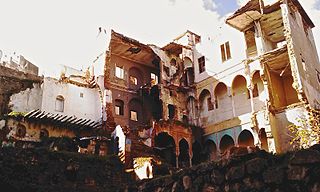
The Battle of Algiers was a campaign fought during the Algerian War. It consisted of urban guerrilla warfare and terrorist attacks carried out by the National Liberation Front (FLN) against the French authorities in Algiers, and by the French authorities, army, and French terrorist organizations against the FLN. Both sides targeted civilians throughout the battle. The conflict began with attacks by the FLN against the French forces and Pieds-Noirs followed by a terrorist attack on Algerian civilians in Algiers by a group of settlers, part of the terrorist group "La Main Rouge", aided by the police. Reprisals followed and the violence escalated, leading the French Governor-General to deploy the French Army in Algiers to suppress the FLN. Civilian authorities gave full powers to General Jacques Massu who, operating outside legal frameworks between January and September 1957, eliminated the FLN from Algiers. The use of torture, forced disappearances and illegal executions by the French later caused controversy in France.

The 102nd Motorized Division "Trento" was a motorized infantry division of the Royal Italian Army during World War II. The division was formed in 1935 and named for the city of Trento, where its infantry and artillery regiments were based. The Trento served in the Western Desert Campaign and was destroyed in the Second Battle of El Alamein in November 1942.
185th Paratroopers Division "Folgore" was an airborne division of the Royal Italian Army during World War II. The division was formed in Tarquinia near Rome on 1 September 1941. In July 1942 the division was sent to Libya to fight in the Western Desert Campaign and was destroyed during the Second Battle of El Alamein in early November 1942.
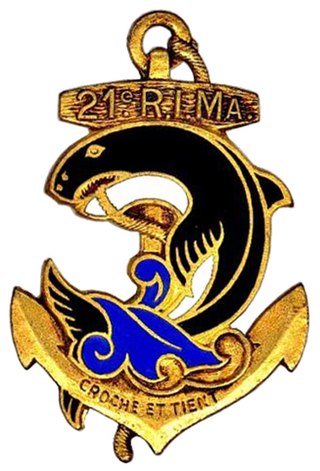
The 21st Marine Infantry Regiment is an infantry regiment of the Troupes de Marine issued by filiation from the 2e RIC.

Operation Paul Revere IV was a United States Army operation of the Vietnam War that took place in the Plei Trap Valley, lasting from 20 October to 30 December 1966.

The Action at Bir el Gubi took place on 19 November 1941 near Biʾr al-Ġubbiyy, Libya. It was one of the opening engagements of Operation Crusader in North Africa and resulted in a success for the Italian armoured forces.

The Battle of Leuwiliang was a battle during the Dutch East Indies campaign of the Pacific War that took place between 3 and 5 March 1942. Australian forces, supported by American artillery batteries and British tanks, launched a holding action starting at Leuwiliang, West Java, to cover the retreat of allied Dutch forces in the face of the Japanese invasion of Java.
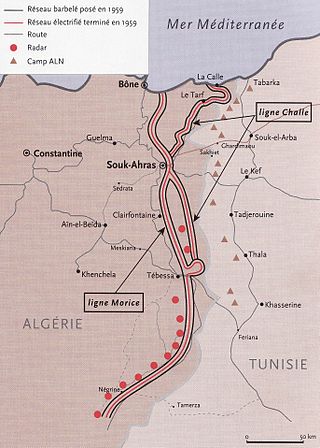
The battle of the borders, was a group of military operations initiated mainly on the Algeria-Tunisia border during the Algerian war, from 21 January to 28 May 1958, by the paratrooper units of the French army against the attacks, and bombardments of the Morice line by the combatants of the Armée de libération nationale (ALN), the military branch of the FLN, stationed in Tunisia.
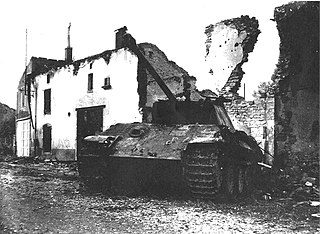
The Battle of Dompaire was fought between French and German armoured forces near the town of Dompaire in France. It took place between 12 and 14 September 1944 during the Lorraine campaign on the Western Front of World War II. The battle saw a new German Panzer brigade hastily set up by the Wehrmacht to stop the Allied advance after the collapse of the Normandy front, and a unit of the French 2nd Armoured Division under General Philippe Leclerc.

















